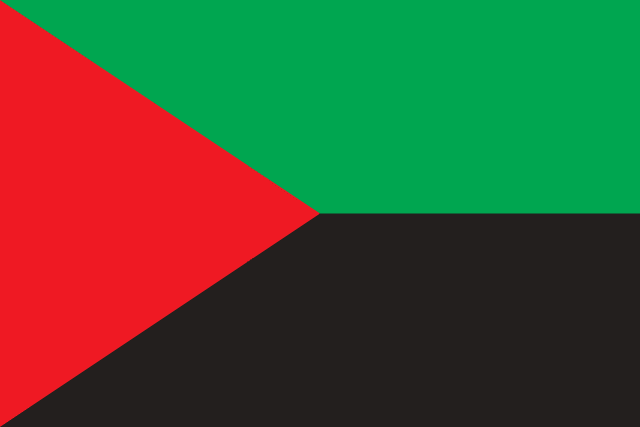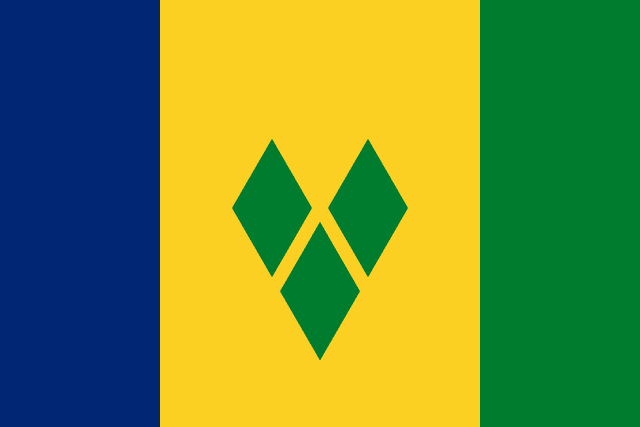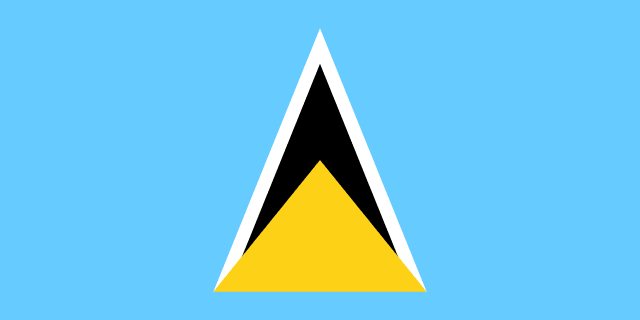Country Information
| Sovereign State | Yes |
| Country Codes | LC, LCA, 662 |
| Official Name | Saint Lucia |
| Continent | North America |
| Capital | Castries |
| Government Type | Parliamentary democracy |
| Currency | Eastern Caribbean Dollar (XCD) |
| Calling Code | +1 758 |
| Member Of | United Nations, CARICOM, OAS, Commonwealth of Nations |
| Population | Approx. 185,000 |
| Total Area | 617 sq km |
| Highest Point | Mount Gimie – Mount Gimie, the highest point in Saint Lucia, stands at an impressive 950 meters (3,117 feet). |
| Lowest Point | Caribbean Sea – The lowest point in Saint Lucia is at sea level along the Caribbean Sea. |
| GDP Per Capita | $9,791 |
| Life Expectancy | Approx. 75 years |
| Internet TLD | .lc |
Saint Lucia National Anthem
Hymne National de Sainte-Lucie
Sons and daughters of Saint Lucia,
Love the land that gave us birth,
Land of beaches, hills and valleys,
Fairest isle of all the earth.
Wheresoever you may roam,
Love, oh love, our island home.
Gone the times when nations battled,
For this ‘Helen of the West’,
Gone the days when strife and discord,
Dimmed her children’s toil and rest.
Dawns at last a brighter day,
Stretches out a glad new way.
May the good Lord bless our island,
Guard her sons from woe and harm!
May our people live united,
Strong in soul and strong in arm!
Justice, Truth and Charity,
Our ideal forever be!
Flags of Neighboring Countries



History of the Saint Lucia Flag
The flag of Saint Lucia is a symbol of national pride and identity. It was officially adopted on March 1, 1967, coinciding with the island’s attainment of self-government. The flag’s design was the result of an island-wide competition, ultimately won by native artist Dunstan St. Omer.
The flag is distinctive for its cerulean blue field, representing the Caribbean Sea and sky, with a gold isosceles triangle below a black arrowhead. The gold color symbolizes sunshine and prosperity, while the black and white edges of the arrowhead represent the cultural influences of African and European ancestry.
Saint Lucia’s flag has undergone changes since the country first began using flags. Prior to the current design, the flag bore colonial symbols reflecting its history under British and French rule. The transition to the current flag marked a significant moment in Saint Lucia’s journey towards independence, which was fully achieved in 1979.
The flag’s colors and shapes hold deep meaning. The triangle symbolizes the island’s famous Pitons, two volcanic spires that are a UNESCO World Heritage Site and a symbol of hope and aspiration for Saint Lucians. The flag’s design is a celebration of the island’s natural beauty, cultural heritage, and its aspirations for a bright future.
Throughout its history, the Saint Lucia flag has been a rallying symbol for national unity and pride. It is revered not only as a national emblem but also as a representation of the island’s journey, struggles, and achievements. The flag is prominently displayed during national celebrations, sporting events, and is a symbol of the enduring spirit and resilience of the Saint Lucian people.

